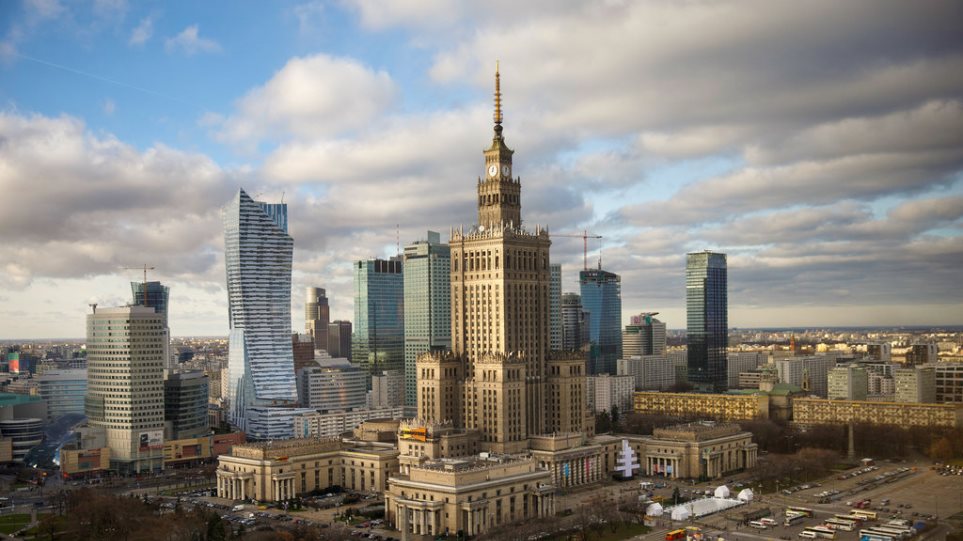Rapid development of a vaccine to prevent coronavirus disease 19 (COVID-19) is a global imperative, and defining the stakes and potential hurdles is critical because regulatory and medical decisions are based on benefit:risk calculations. The ability of viruses to achieve pandemic spread is diminished by establishing higher levels of community (herd) immunity, and a key question is whether protection against severe acute respiratory syndrome–coronavirus 2 (SARS-CoV-2) will happen by widespread deployment of an effective vaccine or by repeated waves of infection over the next few years until ~60 to 70% of people develop immunity. Because the human population is naïve to SARS-CoV-2, the consequences of repeated epidemics will be unacceptably high mortality, severe economic disruption, and major adjustments to our way of life. Therefore, the benefit of developing an effective vaccine is very high, and even greater if it can be deployed in time to prevent repeated or continuous epidemics.
Vaccine development is usually measured in decades, so having access to approved vaccines available for large-scale distribution before the end of 2020 or even 2021 would be unprecedented. However, new manufacturing platforms, structure-based antigen design, computational biology, protein engineering, and gene synthesis have provided the tools to now make vaccines with speed and precision. Antiviral vaccines can be classified into two broad categories. Gene-based vaccines deliver gene sequences that encode protein antigens that are produced by host cells. These include live-virus vaccines, recombinant vaccine vectors, or nucleic acid vaccines. Protein-based vaccines include whole-inactivated virus, individual viral proteins or subdomains, or viral proteins assembled as particles, all of which are manufactured in vitro. Recombinant vaccine vectors and nucleic acid vaccines are best suited for speed because they can be more easily adapted to platform manufacturing technologies in which upstream supply chains and downstream processes are the same for each product. Precision is achieved by knowing the atomic structure of the vaccine antigen and that the targeted epitopes are preserved in the vaccine.
Vaccine development is usually measured in decades, so having access to approved vaccines available for large-scale distribution before the end of 2020 or even 2021 would be unprecedented. However, new manufacturing platforms, structure-based antigen design, computational biology, protein engineering, and gene synthesis have provided the tools to now make vaccines with speed and precision. Antiviral vaccines can be classified into two broad categories. Gene-based vaccines deliver gene sequences that encode protein antigens that are produced by host cells. These include live-virus vaccines, recombinant vaccine vectors, or nucleic acid vaccines. Protein-based vaccines include whole-inactivated virus, individual viral proteins or subdomains, or viral proteins assembled as particles, all of which are manufactured in vitro. Recombinant vaccine vectors and nucleic acid vaccines are best suited for speed because they can be more easily adapted to platform manufacturing technologies in which upstream supply chains and downstream processes are the same for each product. Precision is achieved by knowing the atomic structure of the vaccine antigen and that the targeted epitopes are preserved in the vaccine.
Read more:


No comments:
Post a Comment